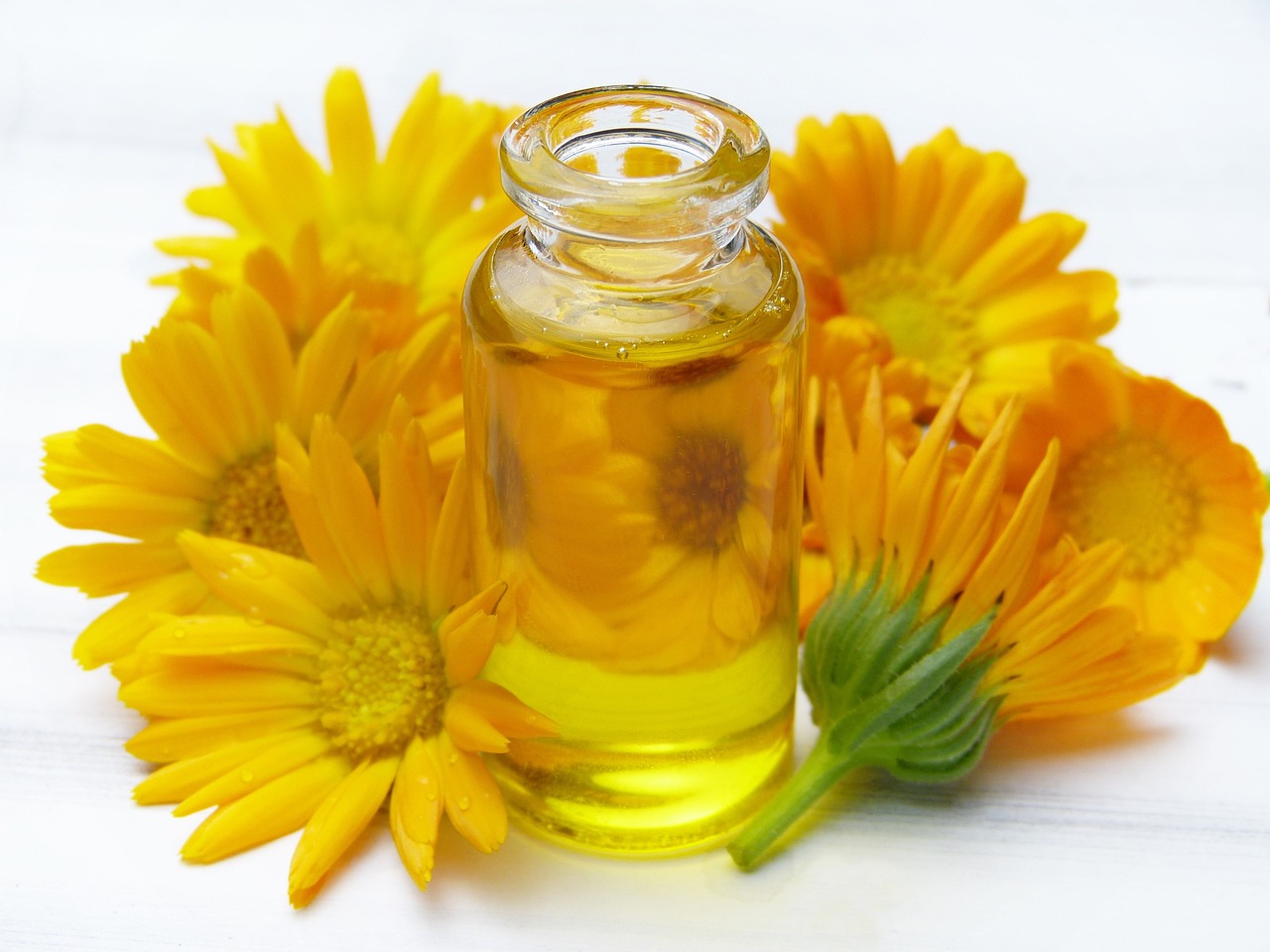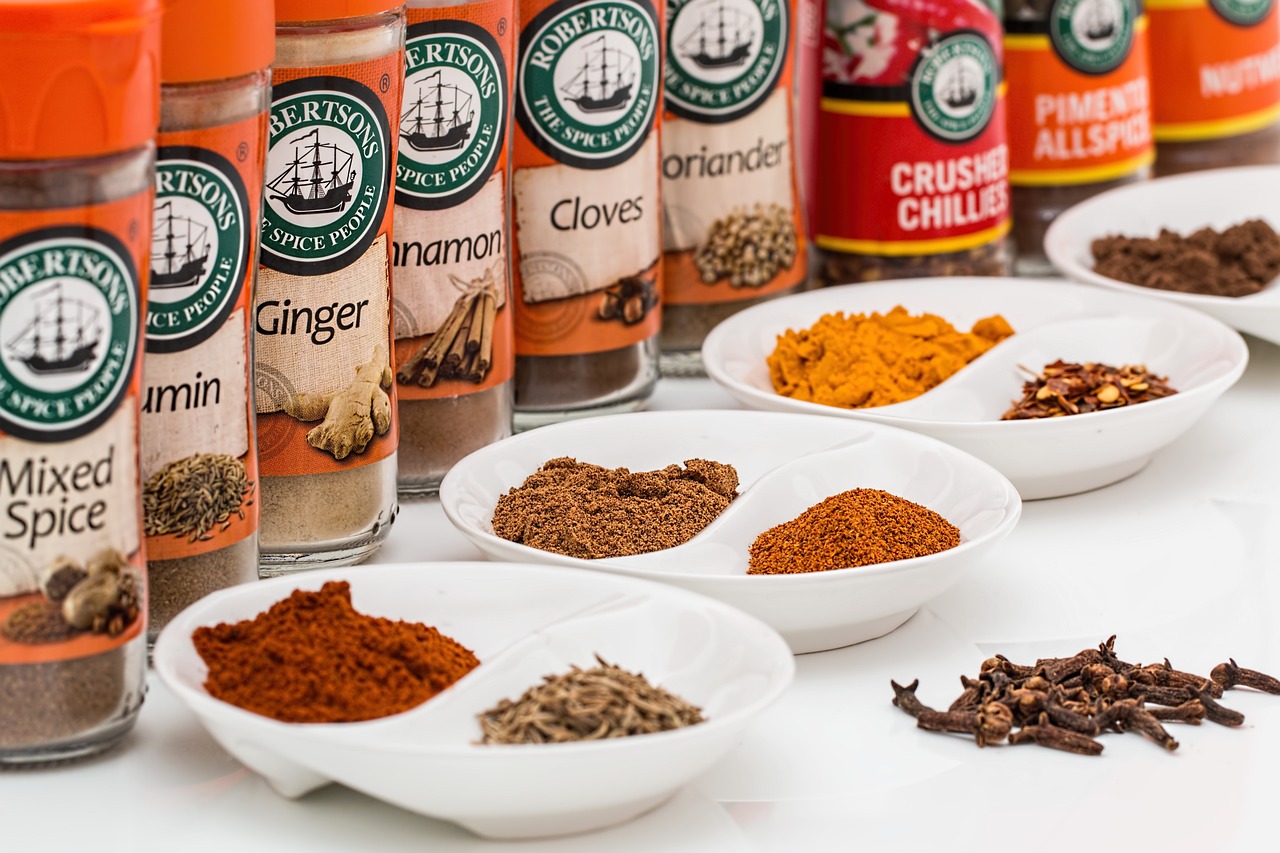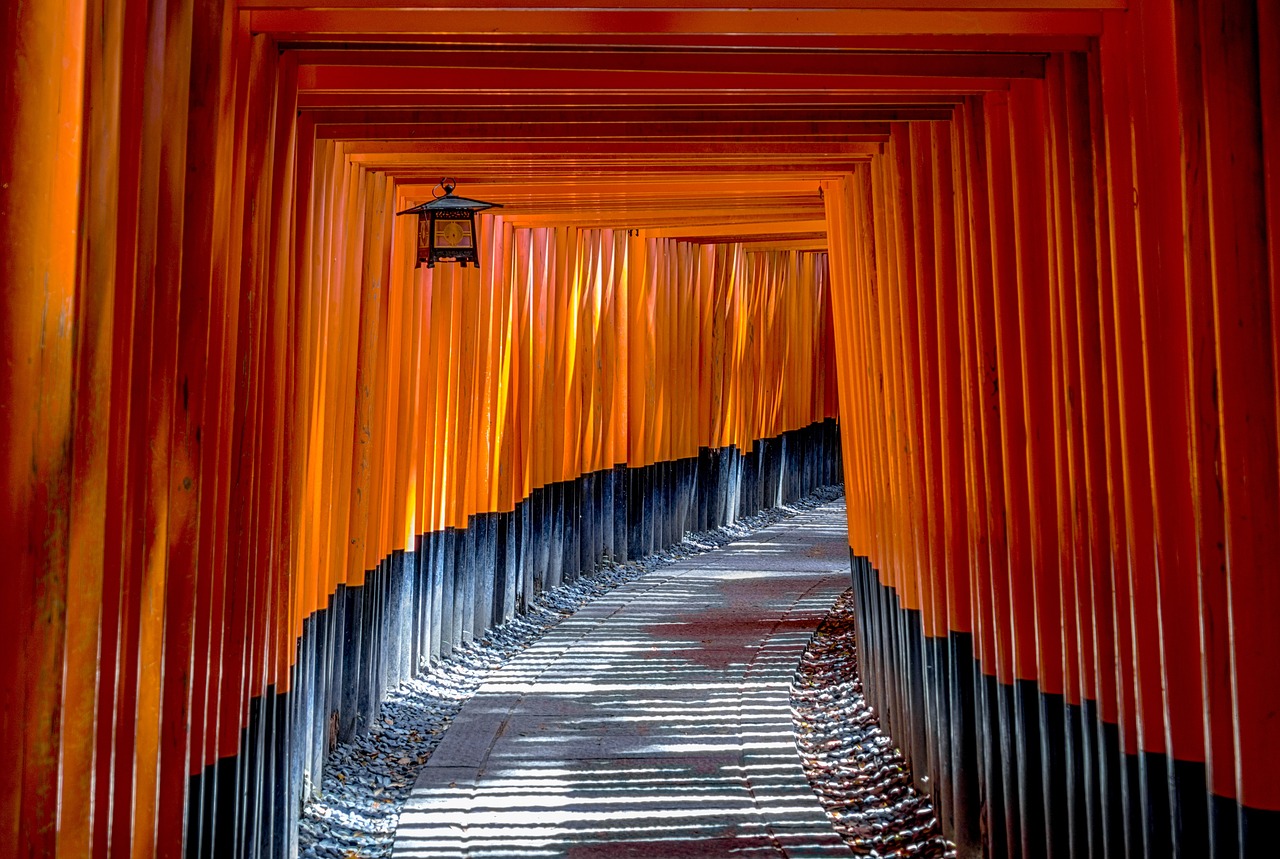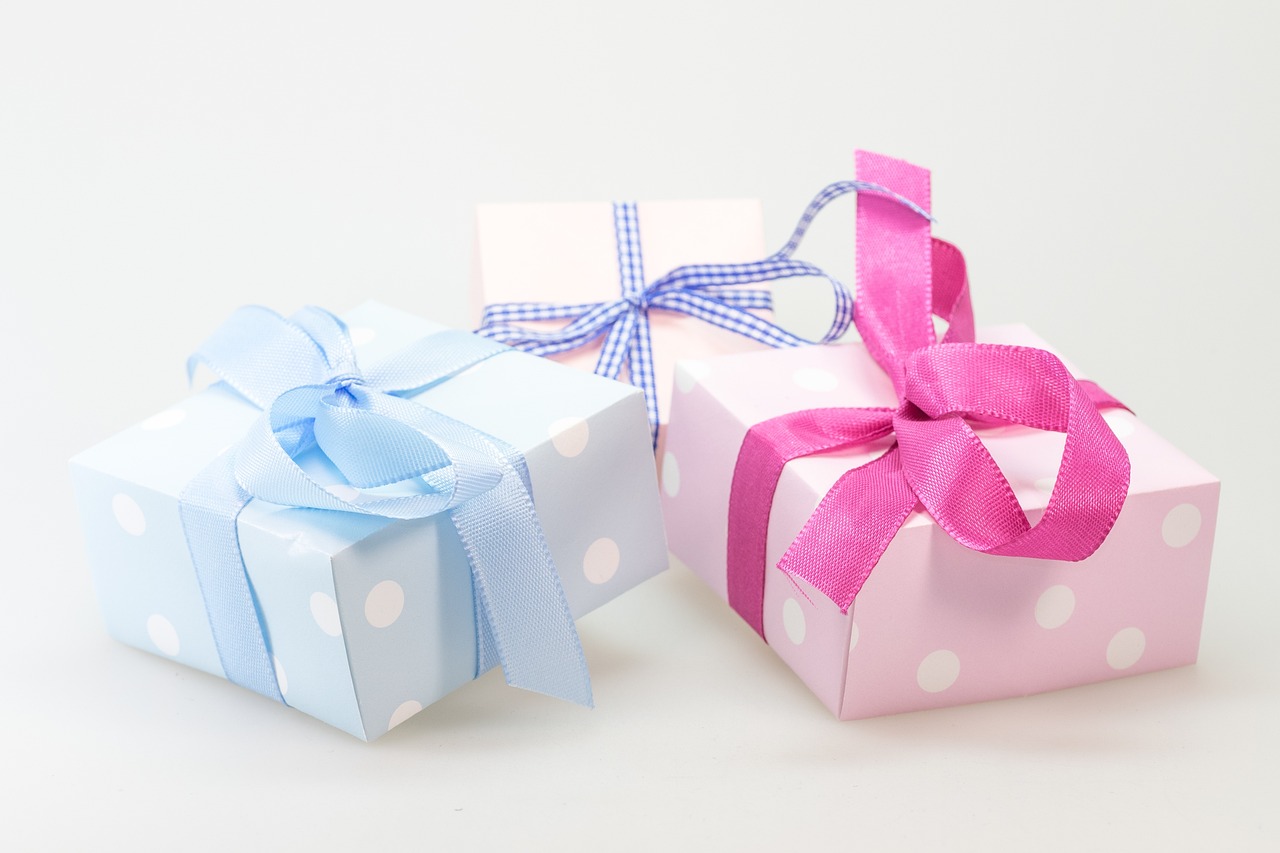Introduction
Perfumery is an art of craftsmanship and creativity, and at its heart lies a diverse palette of ingredients that perfumers use to create enchanting fragrances. While many ingredients are commonly found in perfumes, there exists a realm of rare and precious materials that elevate fragrances to a level of exclusivity and elegance. In this comprehensive guide, we’ll embark on a scented journey to explore the world of rare perfume ingredients, discussing their origins, characteristics, historical significance, and the magical stories they weave into the realm of scent.
The Quest for Rarity: Exploring Rare Perfume Ingredients
Definition: Rare perfume ingredients are exceptional, often hard-to-source materials that infuse fragrances with distinctive qualities, ranging from opulence to uniqueness.
Exclusivity and Scarcity: These ingredients are typically rare due to limited availability, challenging cultivation, or labor-intensive extraction processes.
Cultural and Historical Significance: Rare ingredients have been prized by various civilizations for centuries, often signifying luxury, status, or spiritual significance.
The Allure of Oud: Liquid Gold from the Agarwood Tree
Origin: Oud, also known as agarwood, is derived from the resinous heartwood of the agarwood tree. This precious material is primarily found in Southeast Asia, India, and the Middle East.
Aroma: Oud exudes a rich, woody, and complex aroma that is often described as earthy, smoky, and leathery. Its scent deepens and matures over time.
Cultural Significance: Oud holds cultural and spiritual significance in various cultures, used in religious rituals, traditional medicine, and perfumery.
Extraction: The extraction of oud is a meticulous process, often requiring the tree to become infected with a specific mold that triggers the formation of resin.
Ambergris: Nature’s Sea-Borne Treasure
Origin: Ambergris is a rare substance produced in the digestive systems of sperm whales. It’s expelled by the whales and floats in the sea before washing ashore.
Aroma: Ambergris possesses a unique aroma that is often described as musky, marine, and slightly sweet. It is known for its ability to enhance and fix other perfume notes.
Historical Use: Historically, ambergris was used in perfumery for its fixative properties. It became a sought-after ingredient in luxury perfumes.
Aging Process: Ambergris matures over time, transforming in both scent and texture. Older ambergris is often more valuable due to its rarity and unique qualities.
Santalwood: Sacred Scent of Serenity
Origin: Sandalwood is sourced from the heartwood of the sandalwood tree, found primarily in India, Australia, and Indonesia.
Aroma: Sandalwood emits a soft, creamy, and woody aroma that is both calming and spiritually grounding.
Cultural and Spiritual Use: Sandalwood has been used for centuries in religious rituals and meditation practices. It symbolizes purity and connection to the divine.
Sustainable Sourcing: Due to overharvesting and illegal trade, sandalwood has become a protected and regulated species. Sustainable practices are essential for its survival.
The Enchantment of Iris: Ephemeral Elegance
Origin: Iris, particularly the iris rhizome, is the source of orris butter, a precious ingredient used in perfumery.
Aroma: Orris butter has a delicate and powdery aroma with floral and rooty facets. It is often used to impart elegance and sophistication to fragrances.
Labor-Intensive Process: The extraction of orris butter is a time-consuming process. The rhizomes are harvested, dried, and aged for several years before extraction.
Historical Significance: Iris has a rich history in perfumery and was used by ancient civilizations as well as in modern haute perfumery.
Choosing the Perfect Rare Ingredient
Research and Discovery: Explore the origins, characteristics, and scent profiles of rare ingredients to find those that resonate with your preferences and sensibilities.
Complementary Notes: Consider how rare ingredients interact with other notes in a fragrance composition. They can enhance, deepen, or elevate other accords.
Perfume Families: Rare ingredients can be found in various fragrance families, from oriental and woody to floral and spicy.
Ethical Sourcing: Due to the delicate nature of many rare ingredients, it’s essential to support ethical and sustainable practices in their cultivation and extraction.
Conclusion
Rare perfume ingredients are the gems of the perfumer’s palette, bestowing fragrances with exceptional character, depth, and exclusivity. Each rare ingredient carries a tale of mystery, cultural significance, and meticulous craftsmanship, contributing to the enchanting narrative of perfumery. As you explore these ingredients and their captivating stories, you open a scented door to a world of elegance, luxury, and sensory delight that transcends time and trends.




